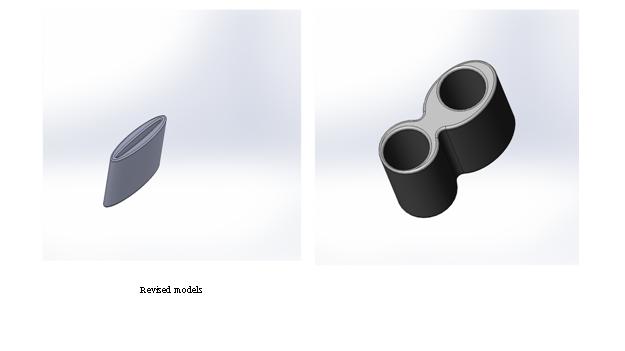Dynamical Systems Lab
David Arnstein and Horace Walcott
The 3D models, which were developed from our hypotheses and constructed in Solid Works, were revised. Additional literature reviews were conducted. Work on Arduino code to control the 4-servo arm continues. We have formulated an additional hypothesis. We have also recalculated the volumes and surface areas of our 3D models.
More specifically, we have incorporated a code to enable the biomimetic platform to generate a trajectory similar to the 3D pattern of the natural swimming behavior of the zebra fish. Additional codes will be written to enable fish replica to show swimming behaviors unique to specific abnormalities modeled in the zebra fish. We have also found a novel system of tracking zebra fish larvae, which will be useful for tracking studies. Simulation studies were conducted, in Solid Works, on the biomimetic platform. The videos were analyzed by means of the Pro-Analyst software. Graphs of the tracking of the fish replica in an elliptical 2D plane and in the 3D were generated and analyzed.
When the two motors in the arm of the platform were used to move the fish a, 2D ellipsoidal trajectory (oriented 45 degrees in the x-y plane) was generated. When the two motors in the arm along with the linear actuator were used to produce motion in the fish replica, a figure 8, three dimensional trajectories were demonstrated. There were centroid circles in each ellipsoidal loop of the figure 8.
With the recent data from the simulation studies we have reconstructed our models. A third hypothesis has been formulated to investigate the ability of the platform to mimic a variety of normal and abnormal swim trajectories characteristic of specific gene deletions in the zebra fish.
Figure 1. Simulation testing for 2 D planar trajectory of the tip of the linear actuator.
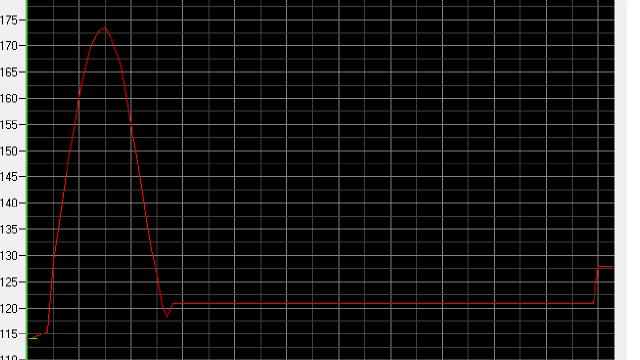
Figure 2. Displacement of the top of the linear actuator.
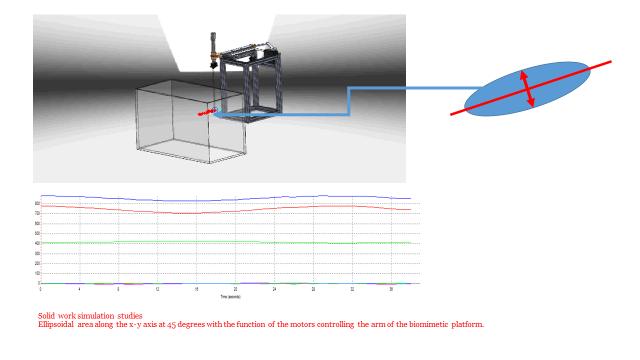
Figure 3. Simulation testing of the fish replica in the 2D plane. Displacement of the fish replica
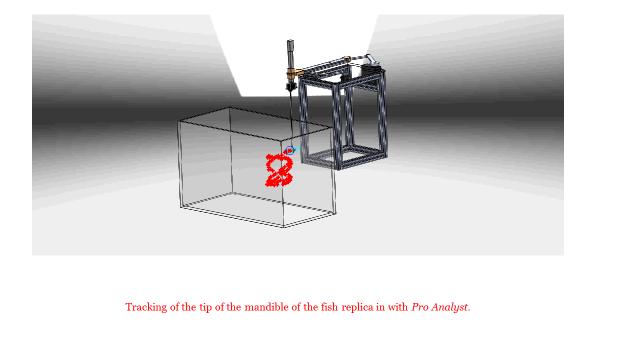
Figure 4. Trajectory of fish replica undergoing motion in 3D. The linear actuator and two arm motors are functioning.
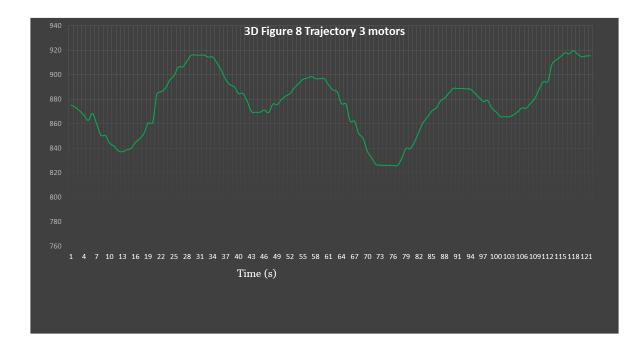
Figure 5. Displacement of the fish replica
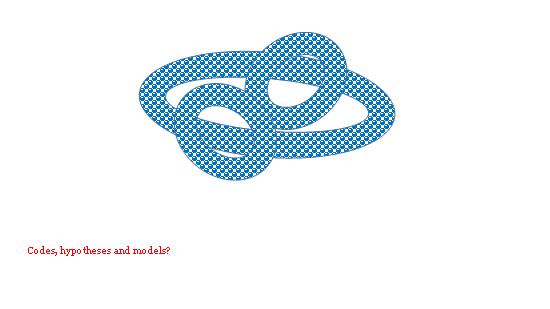
Figure 6. Revised model in 2D.
